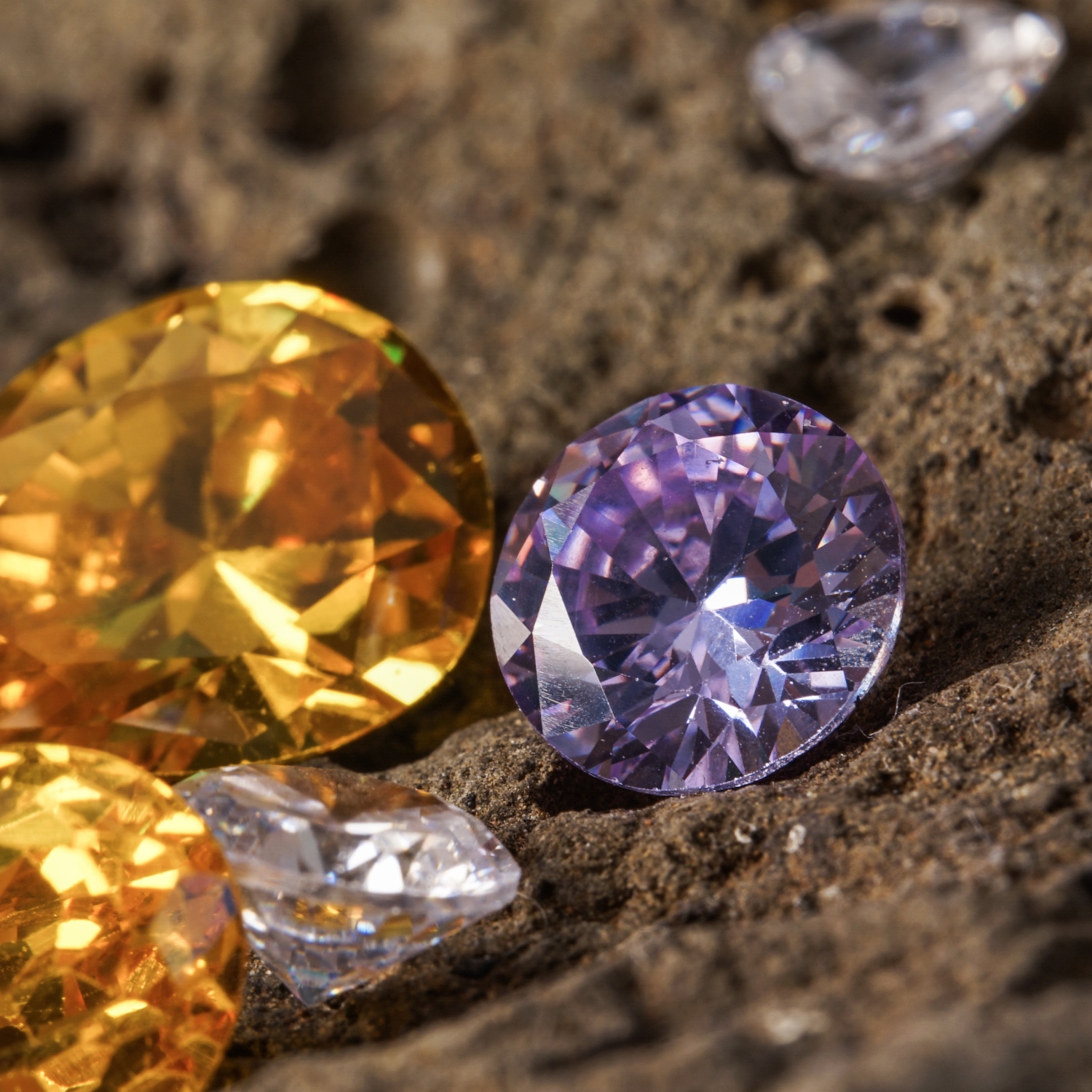Colored diamonds are nature’s rarest gems, formed with trace elements or structural defects that produce vivid hues from pink to yellow. These gems captivate collectors, investors, and museums, fetching millions per carat at auctions due to their rarity and beauty. As both investment assets and cultural treasures, colored diamonds bridge gemology and heritage.
With only 0.1% of mined diamonds classified as fancy colored (GIA), hues like red and blue are exceptionally scarce. Their durability and allure make them prized collectibles, appealing to scientists, artists, and investors. Auction houses report growing demand, with rare stones certified by leading gemological labs.
For those seeking to view or acquire museum-quality colored diamonds, Reuven Veksler offers access to some of the world's most exceptional fancy colored diamonds, including rare Argyle pinks and blues. With headquarters in Antwerp's Diamond District and certification from leading gemological laboratories, collectors can explore investment-grade colored diamonds with fully documented provenance.
The Geological Miracle – Birth of Colored Diamonds
Colored diamonds form under extreme conditions deep within Earth, requiring heat (900–1,300°C) and pressure (4.5–6 GPa) at 90–120 miles below the surface. Their colors arise from:
- Trace elements: Nitrogen creates yellows and browns, boron yields blues, and hydrogen with lattice defects produces violet hues (GIA).
- Natural radiation: Exposure transforms diamonds into green specimens.
- Plastic deformation (structural shifts under pressure): This causes rare pink, red, and purple shades.
These geological marvels originate from specific locations around the world, each producing distinctive signature colors:
- Argyle Mine (Australia) – Renowned for producing 90% of the world's pink diamonds before its closure in 2020, with their characteristic purplish undertones.
- Cullinan Mine (South Africa) – Famous for exceptional blue diamonds, including the legendary 45.52-carat Hope Diamond.
- Zimmi (Sierra Leone) – Produces extraordinary, vivid yellow-orange diamonds with unparalleled intensity.
The timeframe required for colored diamond formation defies human comprehension – ranging from 1 to 3.5 billion years – representing some of Earth's oldest surface materials. The precise combination of temperature, pressure, cooling rate, and geological environment creates the specific conditions for each color variety, with coincidences so rare that certain colors like blue diamonds comprise less than 0.1% of all fancy colored diamonds, making them among the Earth's most extraordinary creations.
Discovery and Transformation, from Rough to Radiance
Transforming rough colored diamonds into polished gems balances science and art. Unlike white diamonds, where clarity drives value, colored diamonds prioritize color intensity. Gemologists use specialized tools to assess uneven color distribution, often sacrificing 60% of the rough to maximize vividness.
Cutters choose facet patterns to enhance color, avoiding brilliant cuts that dilute hues. Preferred cuts include:
- Radiant for yellows and oranges.
- Cushion for pinks.
- Emerald for blues.
Faceting angles amplify chromatic properties, with precise polishing ensuring brilliance. The cutter’s decisions, blending math and intuition, can impact millions in value.
“When working with exceptional colored diamonds, particularly rare blues and pinks, the cutter makes decisions that will affect millions in value. One must approach each stone with both mathematical precision and artistic intuition – seeing not just what the stone is, but what it could become. Sometimes, the most valuable decision is knowing what to cut away.” – Reuven Veksler, Antwerp Diamond Exchange Member and Rare Gemstone Specialist.
From Private Collections to Public Wonder
The journey of exceptional colored diamonds from hidden geological treasures to celebrated museum exhibits represents a fascinating convergence of wealth, history, and cultural significance. Many of the world's most famous colored diamonds have transcended their status as mere gemstones to become enduring symbols of human achievement and natural wonder. The 45.52-carat Hope Diamond, with its mysterious deep blue hue and legendary curse, attracts millions of visitors annually to the Smithsonian Natural History Museum.
The transformation from commercial asset to cultural treasure typically follows a path marked by several distinct phases:
- Discovery and Documentation – Initial finding, certification, and establishment of geological provenance.
- Market Debut – Introduction to collectors through prestigious auction houses like Sotheby's and Christie's.
- Private Collection Phase – Period of ownership by wealthy connoisseurs who often enhance settings and documentation.
- Historic Recognition – Achievement of significant status through age, provenance, or exceptional characteristics.
- Institutional Acquisition – Purchase or donation to museums for public display and preservation.
Auction houses document provenance and significance. Museums use controlled lighting to enhance appeal and protect rare photosensitive diamonds, like certain green stones, ensuring preservation (GIA).
Conclusion
Colored diamonds, formed billions of years ago, are geological and artistic marvels. Their rarity drives their value as investments and cultural treasures. As demand grows, these gems connect Earth’s ancient processes to human artistry, captivating collectors and institutions alike.
